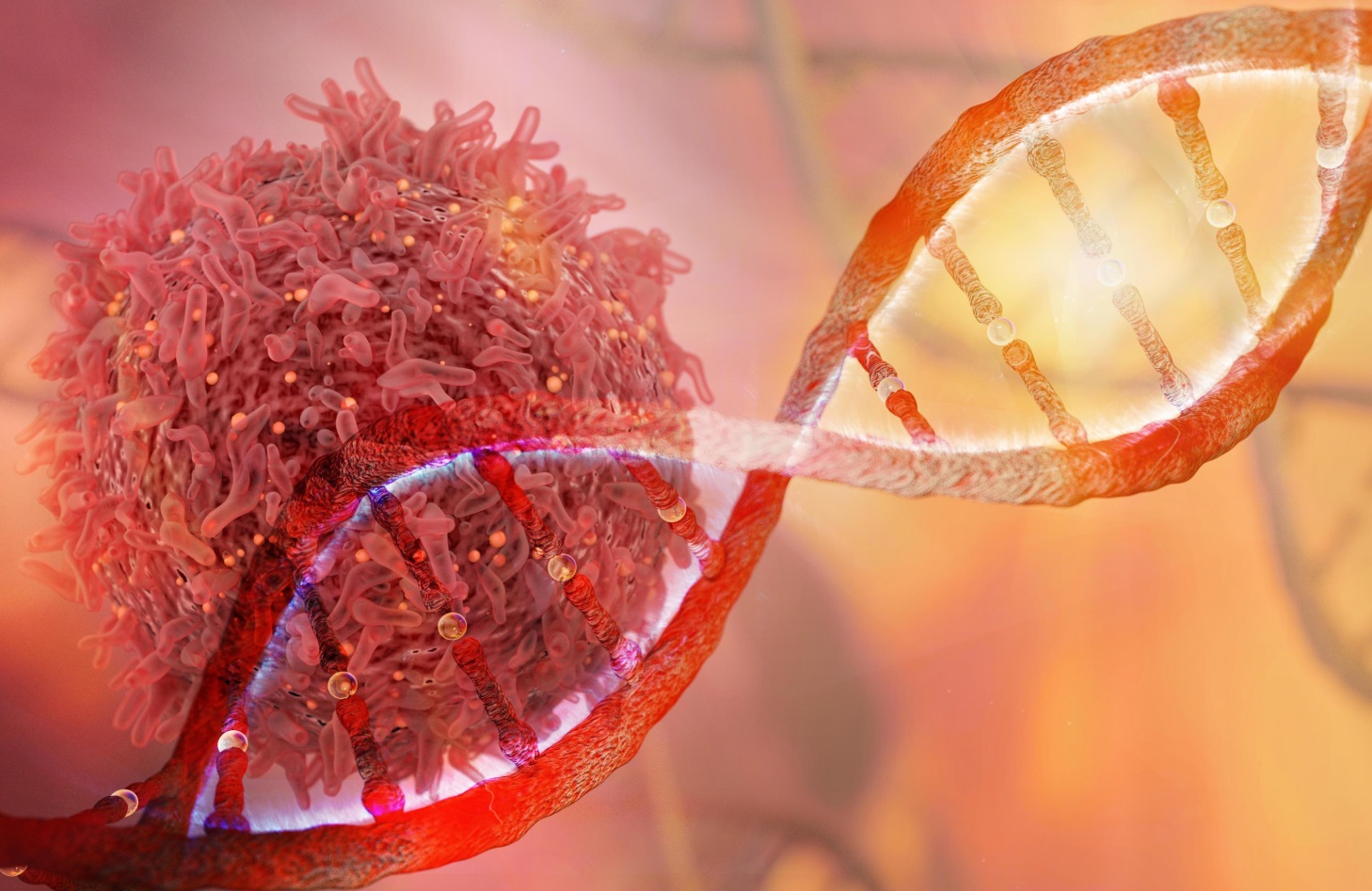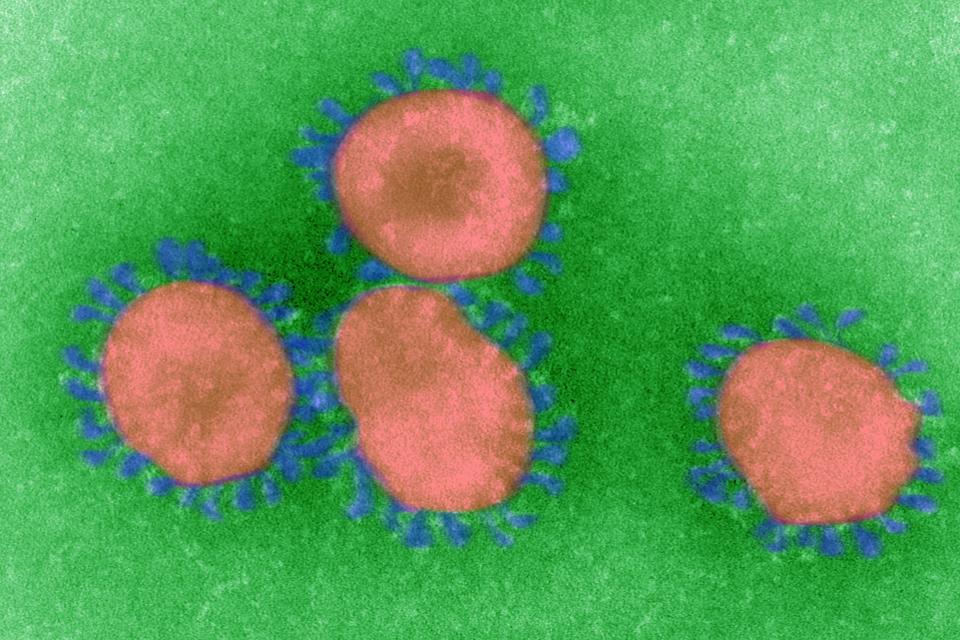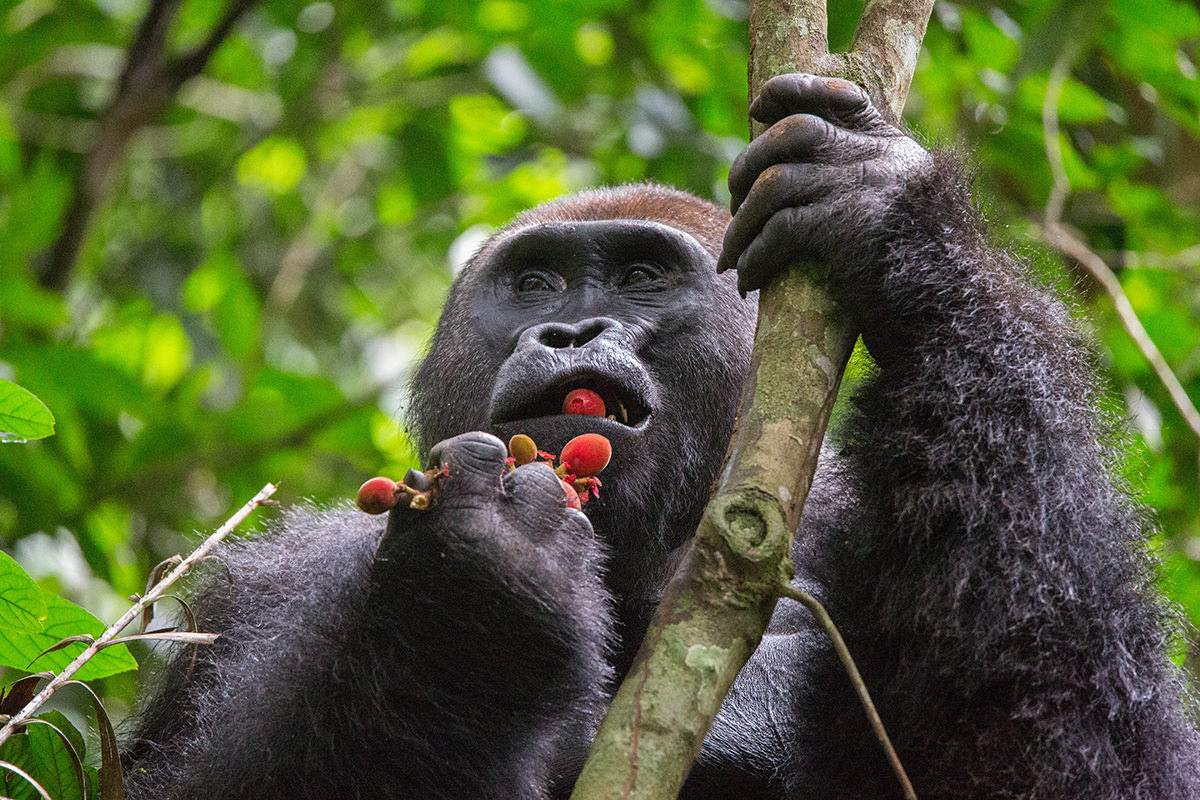
In order to rapidly develop vaccines against Covid-19, researchers are using genetic engineering instead of traditional methods, which take years of development. Vaccines based on DNA or RNA have already reached human tests, but it is not yet clear whether they will work.

Takis, a biotech company located in Castel Romano, near Rome, announces that it is going to test its Covid-19 vaccine on pre-clinical models. The authorization comes from the Italian Ministry of Health and represents the first step in bringing the vaccine to human use. Takis researchers are the only ones in Italy and the first in Europe to access this phase of the experimentation.

The greatest danger of Covid-19 is its high contagiousness, which is leading to the collapse of our health system in the most affected regions. Although this virus is similar to that of Sars, it also has unique characteristics, thanks to which it spreads much faster.

Covid-19 rappresenta una minaccia globale soprattutto a causa della sua elevata contagiosità, che sta portando al collasso il nostro sistema sanitario nelle regioni più colpite. Benché questo virus sia simile a quello della Sars, presenta anche caratteristiche uniche, grazie alle quali si diffonde molto più rapidamente.

Takis, azienda biotech di Castel Romano, vicino Roma, annuncia di essere pronta a testare il suo vaccino Covid-19 sui modelli pre-clinici. L’autorizzazione arriva dal Ministero della Salute e rappresenta il primo passo per portare il vaccino all’uso umano. I ricercatori di Takis sono gli unici in Italia e i primi in Europa ad accedere a questa fase della sperimentazione.

Sars-Cov-2 is mutating. There are at least 8 subtypes differently distributed between Europe, North America and China. Fortunately, most of the variations are negligible and for now there is no sign that the virus is changing towards a more aggressive form. But the way the coronavirus changes and spreads is very important to combat the pandemic and develop vaccines that can evolve just as quickly.

Sars-Cov-2 sta mutando. Esistono almeno 8 sottotipi con diversa diffusione tra Europa, America settentrionale e Cina. Per fortuna le variazioni sono trascurabili e la maggior parte della comunità scientifica concorda che non c’è per il momento alcun segnale che il virus stia mutando verso una forma più aggressiva. Ma il modo in cui il coronavirus muta e si diffonde è di fondamentale importanza per combattere la pandemia e mettere a punto vaccini in grado di evolvere altrettanto rapidamente.

A more efficient immune system makes bats the ideal host for a large number of viruses at risk of "spillover". Not only Covid-19: Ebola, Sars, the Nipah virus and many others have also jumped into humans from bats. However, this is a consequence of human behavior, which is accelerating the transmission of diseases from wildlife to people.

Grazie al suo sistema immunitario, il pipistrello è un ospite ideale per molti virus a rischio di “spillover”. Non solo Covid-19: anche l’ebola, la Sars, il virus Nipah e molti altri hanno compiuto il "salto" nell’uomo proprio dal pipistrello. La colpa è anche del comportamento umano, che sta accelerando la trasmissione di malattie dagli animali selvatici alle persone.

The Covid-19 pandemic has raised awareness about zoonoses, the diseases transmitted by animals to humans. But there are also reverse zoonoses, and they appear to be increasing. They occur when humans transmit pathogens to animals. Their number, as well as that of traditional zoonoses, is expected to grow. Unless we intensify research in the field and adopt a One Health approach, which recognizes the interdependence between the health and well-being of people and animals.

Vaccinare la fauna selvatica potrebbe bloccare la prossima pandemia. Dopo Sars-Cov-2 altri patogeni potrebbero compiere il fatidico salto di specie dagli animali all’essere umano. L’unico modo per proteggere la nostra specie è quello di giocare d’anticipo, impedendo la diffusione del virus nella popolazione animale.

Vaccinating wildlife could stop the next pandemic. After Sars-Cov-2 other pathogens will leap from animals to humans: we may protect our species by preventing the spread of the virus in the animal population.

Per sviluppare rapidamente vaccini contro Covid-19, i ricercatori stanno usando l’ingegneria genetica invece dei metodi tradizionali, che richiedono anni di sviluppo. Vaccini a base di DNA o RNA sono già arrivati ai test sull’uomo, ma non è ancora chiaro se funzioneranno.

La pandemia Covid-19 ha acceso i riflettori sul problema delle zoonosi, le malattie trasmesse dagli animali all’essere umano. Ma esistono anche le zoonosi inverse, e pare che siano in aumento. Si verificano quando gli uomini trasmettono agenti patogeni agli animali. Il loro numero, così come quello delle zoonosi tradizionali, è destinato a crescere. A meno di non correre seriamente ai ripari, intensificando le ricerche nel campo e adottando un approccio One Health, che riconosca l’interdipendenza tra la salute e benessere di persone e animali.









